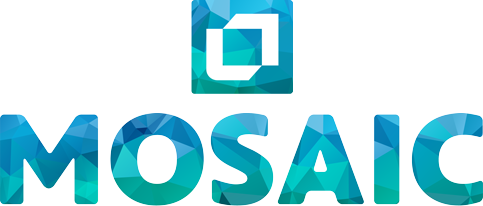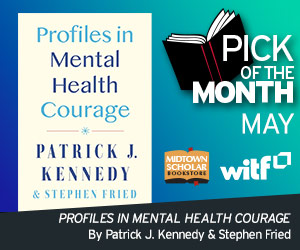Why did we close schools at all?
Short answer: historical precedent.
Evidence from the 1918 flu pandemic suggests cities that closed their schools early and for long periods fared better than their counterparts. St. Louis — the oft-cited standard from that era for viral suppression — closed its schools for 143 days.
But you don’t need to rewind the clock that far for evidence of effectiveness, says Dr. Esther Chernak, an infectious disease expert at Drexel University in Philadelphia. Studies of more recent influenza pandemics — in 1957, 1968 and 2009 — led scientists to believe that schools can accelerate disease spread.
Even the seasonal flu seems to be driven by schools. Flu peaks tend to be less dramatic when they overlap with winter break, said David Rubin, director of the Policy Lab at Children’s Hospital of Philadelphia and co-author of the new memo.
The logic is clear. Kids go to school, swap germs and the virus rages.
That’s why “the first impulse with this pandemic was to close schools, thinking that perhaps children are important drivers of community-wide transmission,” said Chernak.
So, did it work?
Short answer: Well…
There are many complicating variables here, experts say.
For starters, school closures happened simultaneously with lots of other public health measures.
“Disentangling which of your moves actually produced the most value is really challenging because they all happened at the same time,” said Rubin.
Then there’s the specific pathology of SARS-CoV-2, the virus at the heart of the outbreak.
It’s clear the virus does not kill or sicken children at the same rate as adults — particularly the elderly. That doesn’t mean children can’t spread the virus among each other, and then eventually to their older relatives.
There’s clear evidence that asymptomatic carriers play a critical role in spreading SARS-CoV-2, says Nina Bharti, a biology professor at Penn State University and a member of the Center of Infectious Disease Dynamics. So the low illness rate among children doesn’t mean it’s safe to congregate them in small buildings.
“[Children] do get infected and they do transmit,” said Bharti. “That’s part of why we’re worried about their role in community-level transmission.”
One recent study found that children carry a “viral load” similar to adults, suggesting they’re quite capable of spreading the illness.
But there’s countervailing evidence, too. A recent opinion piece in an influential pediatrics journal reviewed studies from several countries and argued that there’s little to suggest school closures helped significantly stop the spread of the coronavirus.
When it comes to proving that school closures are a vital tool in the fight against the coronavirus “the evidence is pretty weak,” said Rubin.
There’s also a tremendous social and economic cost to closing schools. Parents — including some health care workers — can’t go to their jobs. Students are likely get a subpar education, with impacts on special needs students being potentially the worst. And social isolation mounts, along with mental health concerns.
Given those tradeoffs and the lack of clear scientific evidence, do we really want to keep schools closed or significantly change the way they operate?
That’s the question facing decision-makers right now.

Min Xian / Keystone Crossroads
A teacher reads to kids at Step by Step School for Early Learning in State College, Pa.
What’s next?
Short answer: lingering uncertainty.
Even for those who question the global value of school closures, there’s still plenty to be cautious about moving forward.
Rubin — the same expert who called the scientific evidence on school closures “weak” — spearheaded CHOP’s new memo recommending major changes to the ways schools operate.
That’s because “the lack of evidence doesn’t mean that there isn’t a risk,” he said.
Governors, health officials and education leaders will likely have to make decisions about school next fall before having a clear grasp on the way this disease spreads within schools.
That’s not to say there will be no new evidence. Schools in parts of Europe and Asia have remained open or are starting to reopen.
“Looking at other countries is going to be a good thermometer to let us know what might not work,” said Krys Johnson, an epidemiologist and biostatistician at Temple University, who is part of conversation on how to open her campus.
Esther Chernak, from Drexel, says the approaches of different countries will provide “for better or for worse … a series of natural experiments” so scientists can start gauging which interventions were the most meaningful.
EU leaders say the first wave of school openings in Europe has not triggered a rise in COVID-19 cases, but it’s still early. And a small flare up connected to schools in Paris triggered some alarm.
Even in the best-case scenarios, reopenings in Europe won’t begin to provide clear insights for at least a month, experts say. That’s on the short end.
The fall term starts for many local schools in August, with teachers expected back earlier.
That means policy-makers likely won’t have the benefit of scientific certainty when they make decisions. As a result, Rubin said, schools won’t be in a position to swing open their doors and go straight back to normal.
“It’s not an on/off switch,” Rubin said. “We have to think of it as a dimmer switch.”





